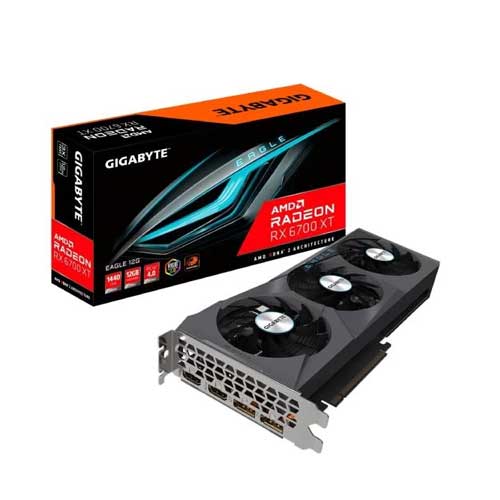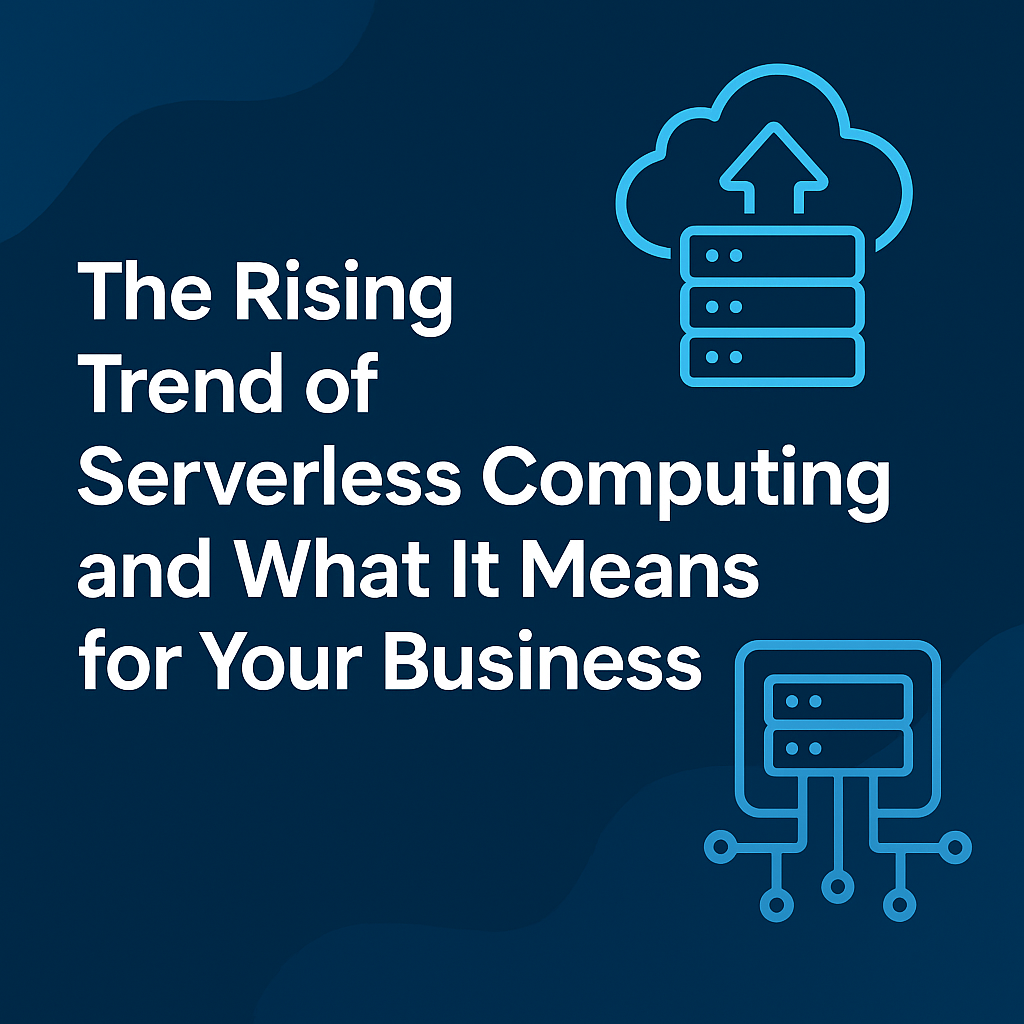
As the digital age continues to transform education, educational institutions are increasingly reliant on robust server infrastructure to support a wide range of activities. From managing student records and facilitating online learning to enabling administrative systems and providing IT services, the need for optimized, reliable, and scalable server infrastructure has never been more critical. The backbone of any educational institution’s IT ecosystem is its server infrastructure, which must handle high-demand applications, protect sensitive data, and allow for future growth.
In this blog, we’ll explore how educational institutions can optimize their server infrastructure for better performance, enhanced security, cost-efficiency, and scalability. By implementing the right technologies and strategies, schools, colleges, and universities can create a seamless digital environment that supports both faculty and students.
Understanding the Challenges in Educational Institutions’ IT Infrastructure
Before diving into optimization strategies, it’s important to understand the unique challenges faced by educational institutions when it comes to server infrastructure:
a) High User Load
Educational institutions often serve a large number of users—students, faculty, staff, and sometimes external collaborators—all of whom need access to various applications and data. Servers must be capable of handling peak traffic loads, especially during registration periods, exam times, or live streaming sessions.
b) Diverse Application Needs
The IT infrastructure in educational settings needs to support various applications, such as:
-
-
Learning Management Systems (LMS) like Moodle, Canvas, or Blackboard.
-
Collaboration tools like Microsoft Office 365 or Google Workspace.
-
Data storage for student records, academic materials, research data, etc.
-
Online learning tools for video streaming and webinars.
-
Each of these applications requires different resources, such as CPU power, memory, storage, and bandwidth.
c) Data Security and Compliance
Educational institutions handle sensitive data, such as student records, grades, and financial information, which need to be securely stored and processed. Compliance with regulations such as FERPA (Family Educational Rights and Privacy Act) in the U.S. or GDPR (General Data Protection Regulation) in Europe requires robust security measures.
d) Budget Constraints
Many educational institutions operate on tight budgets and need to maximize the performance and efficiency of their IT infrastructure without overspending. Finding cost-effective solutions while maintaining high performance is crucial.

Key Strategies for Optimizing Server Infrastructure
Here are some key strategies educational institutions can use to optimize their server infrastructure, ensuring reliable performance, security, and scalability.
a) Virtualization and Cloud Integration
One of the most effective ways to optimize server infrastructure is through virtualization. Virtualization allows educational institutions to run multiple virtual servers on a single physical server, maximizing resource utilization and reducing the need for additional hardware. Virtualization can be particularly beneficial for institutions that need to support a variety of applications while minimizing overhead costs.
-
-
Hypervisor Software like VMware, Hyper-V, or KVM enables the creation and management of virtual machines (VMs), making it easier to allocate resources dynamically based on demand.
-
Cloud Integration: Hybrid cloud solutions can be implemented where critical applications and data are stored on-premises while non-critical applications are offloaded to the cloud. This provides scalability while also improving availability and disaster recovery options.
-
By combining virtualization and cloud technologies, educational institutions can scale their infrastructure more efficiently, streamline resource management, and reduce costs associated with maintaining physical hardware.
b) Centralized Data Storage and Backup Solutions
For educational institutions, managing vast amounts of data—from student records to research files—can be challenging. To optimize storage and ensure data is accessible, institutions should consider implementing a centralized data storage solution.
-
-
Network Attached Storage (NAS) or Storage Area Networks (SANs) allow multiple servers to access a central repository, reducing redundancy and improving data management.
-
Data Backup: Automated backups should be scheduled regularly to ensure that data can be restored in case of system failure. Cloud-based backups can provide an added layer of security and offsite protection.
-
c) Load Balancing and Scalability
Educational institutions must handle peak loads, such as during online exams or course registrations. Load balancing ensures that workloads are evenly distributed across multiple servers, preventing overloading any single server.
-
-
Load Balancing Solutions like NGINX or HAProxy help distribute traffic between multiple servers, ensuring that users experience minimal downtime and fast response times, even during periods of high demand.
-
Scalability is also crucial for institutions looking to grow. By utilizing cloud platforms like AWS, Azure, or Google Cloud, educational institutions can scale up or down based on real-time needs, ensuring that they only pay for the resources they need.
-
Ensuring Security and Compliance
Security is paramount when handling sensitive data in educational environments. A robust server infrastructure should prioritize data protection, user authentication, and compliance with regulations.
a) Encryption
Data should be encrypted both in transit and at rest. This ensures that even if unauthorized access occurs, the data remains unreadable. SSL/TLS protocols should be implemented for securing web traffic, while disk encryption and file-level encryption can be used for stored data.
b) Identity and Access Management (IAM)
To ensure only authorized users have access to sensitive data, institutions should implement a comprehensive IAM system. This includes multi-factor authentication (MFA) and role-based access control (RBAC) to prevent unauthorized access and ensure secure user management.
c) Regular Security Audits
Institutions should conduct regular security audits and vulnerability assessments to identify potential threats and ensure compliance with standards such as FERPA, GDPR, or HIPAA. This involves keeping up with patch management to ensure that all software is up-to-date and vulnerabilities are patched promptly.
d) Firewall and Intrusion Detection Systems
Firewalls should be configured to monitor incoming and outgoing traffic, ensuring that only legitimate requests can access the institution’s servers. Intrusion Detection Systems (IDS) can alert administrators to suspicious activities, providing an additional layer of security.

Performance Monitoring and Optimization
Regularly monitoring server performance is critical to maintaining an efficient IT infrastructure. With the right tools, administrators can identify bottlenecks, optimize resource allocation, and ensure that the system remains responsive.
a) Performance Monitoring Tools
Tools like Prometheus, Zabbix, and Nagios can be used to track server health metrics like CPU usage, memory utilization, disk I/O, and network bandwidth. By setting up alerts for abnormal performance, administrators can proactively address potential issues before they affect users.
b) Optimizing Resource Allocation
Once performance is being monitored, institutions can take advantage of resource optimization techniques:
-
-
Memory and CPU Allocation: Allocating the appropriate amount of resources to each application helps prevent overutilization of hardware.
-
Application Tuning: Some applications, like databases or learning management systems, benefit from database tuning (indexing, query optimization) to improve performance.
-
c) Energy Efficiency
Educational institutions must also consider the energy consumption of their server infrastructure. By optimizing server configurations, consolidating workloads, and using energy-efficient hardware, institutions can reduce their carbon footprint and lower operating costs.
Future-Proofing Server Infrastructure
As technology evolves, educational institutions must future-proof their server infrastructure to keep up with the growing demand for resources.
a) Embrace Virtualized and Cloud-based Solutions
To stay ahead, educational institutions should continue embracing cloud solutions and server virtualization. With cloud service providers like Amazon Web Services (AWS), Microsoft Azure, and Google Cloud Platform (GCP), institutions can leverage the latest technologies without having to maintain physical hardware on campus.
b) Adopt AI and Machine Learning
Institutions can improve efficiency by adopting AI and ML-powered IT systems for predictive analytics, automated resource management, and proactive maintenance. AI can help predict server failures, optimize energy usage, and improve security protocols.
c) Hybrid Work and Learning
As hybrid learning environments become more common, servers must be optimized for remote access and collaboration tools. Ensure that servers are configured to handle video streaming, collaborative tools, and real-time communication platforms to support both in-person and remote students effectively.

Conclusion
Optimizing server infrastructure in educational institutions is crucial for supporting modern learning environments and ensuring smooth administrative operations. By focusing on virtualization, data storage, security, performance monitoring, and scalability, institutions can create a robust IT infrastructure that maximizes resource utilization, improves operational efficiency, and provides a seamless experience for both students and staff.
For educational institutions looking to stay ahead in this digital age, embracing cloud solutions, server virtualization, and AI-driven technologies will ensure their IT systems remain adaptable and resilient to future growth. By implementing these strategies, educational institutions can not only optimize their current infrastructure but also position themselves for success as technology continues to evolve.














